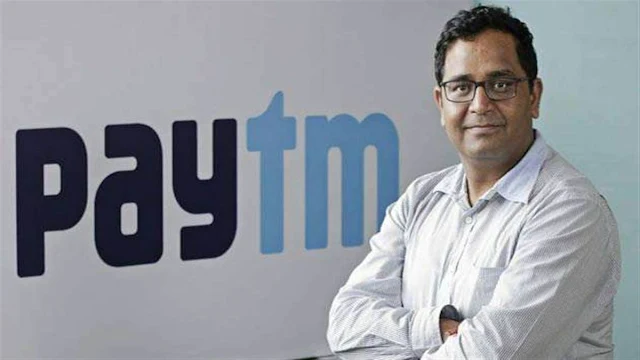DEMONETISATION IN INDIA
Demonetization in India, initiated by Prime Minister Narendra Modi on November 8, 2016, involved the sudden withdrawal of the 500 and 1000 rupee banknotes, which represented a significant portion of the country's currency in circulation. The move aimed to curb corruption, black money, counterfeit currency, and terrorism financing. Here's an overview of the demonetization process and its impact:
THE RISE OF PATYM
Paytm, which stands for "Pay Through Mobile," was founded in 2010 by Vijay Shekhar Sharma in India. Initially, it started as a platform for mobile recharging and bill payments but quickly expanded into a full-fledged digital payment system.
In the bustling heart of India, amidst chai walas and cricket chants, arose a digital revolution named Paytm. Founded by the ambitious Vijay Shekhar Sharma, it began as a humble mobile wallet, a whisper in the ears of cash-reliant masses. But Paytm, fueled by Sharma's relentless drive and India's digital awakening, soon roared into a whirlwind of success.
Paytm's rise was meteoric. Partnering with kirana stores, the lifeline of Indian neighborhoods, it became the go-to app for recharges, bill payments, and micro-transactions. Millions embraced the convenience, the freedom from fumbling with notes and coins. Shopkeepers, once wary of technology, saw a surge in business. Paytm wasn't just a payment platform; it was a bridge to a new era.
The company didn't stop there. It branched out, offering movie tickets, travel bookings, even e-commerce. Investors showered money, lured by the promise of a billion-strong digital India. In 2021, Paytm, the flagbearer of fintech, made a grand debut on the stock market. The cheers were deafening, the future seemed golden.
4.Strategic Partnerships: Paytm forged partnerships with various merchants, allowing users to make payments for a wide range of goods and services, both online and offline. These partnerships expanded Paytm's user base and enhanced its utility.
Impressive Stats to Remember:
- $16 billion valuation achieved in 2021, making it one of India's most valuable startups.
- $2.1 billion was raised through its 2021 IPO, the largest in India's internet history.
- Significant partnerships with leading companies like Uber, Swiggy, and Domino's.
- Paytm's market capitalization peaked at approximately ₹74,100 crore in January 2023 (roughly $9.2 billion).
- However, it experienced a downward trend throughout the year, closing in 2023 at around ₹61,476 crore (around $7.5 billion).
- Reasons for Paytm's Recent Challenges:
- Intense competition: The Indian fintech market is fiercely competitive, with players like PhonePe, Google Pay, and Amazon Pay vying for market share.
- Regulatory hurdles: RBI's restrictions on Paytm Payments Bank impacted its ability to attract new customers and deposits.
- Unsustainable business model: Concerns arose regarding Paytm's reliance on discounts and cashback offers, leading to questions about its long-term profitability.
- Stock price decline: Paytm's share price has fallen significantly since its IPO, raising concerns among investors.
- Regulatory Changes: Regulatory changes and compliance requirements posed challenges for Paytm, particularly regarding data privacy and security regulations. Compliance with these regulations required significant investment in resources and technology.
- User Experience Issues: Despite its initial success, Paytm faced criticism for issues related to user experience, including occasional outages, transaction failures, and customer service complaints. These issues affected user trust and satisfaction.
- Economic Factors: Economic factors such as changes in consumer spending patterns, inflation, and economic downturns could impact Paytm's revenue and growth prospects.
Important Clarification:
- Paytm is not shutting down completely. Its core businesses like mobile wallet, payments platform, and e-commerce continue to operate.
- Paytm Payments Bank's restrictions: While the bank's core operations are limited, existing users can continue using their wallets and linked accounts until 29th February 2024.

















Thank you commenting!
If you have any doubts let me Know..